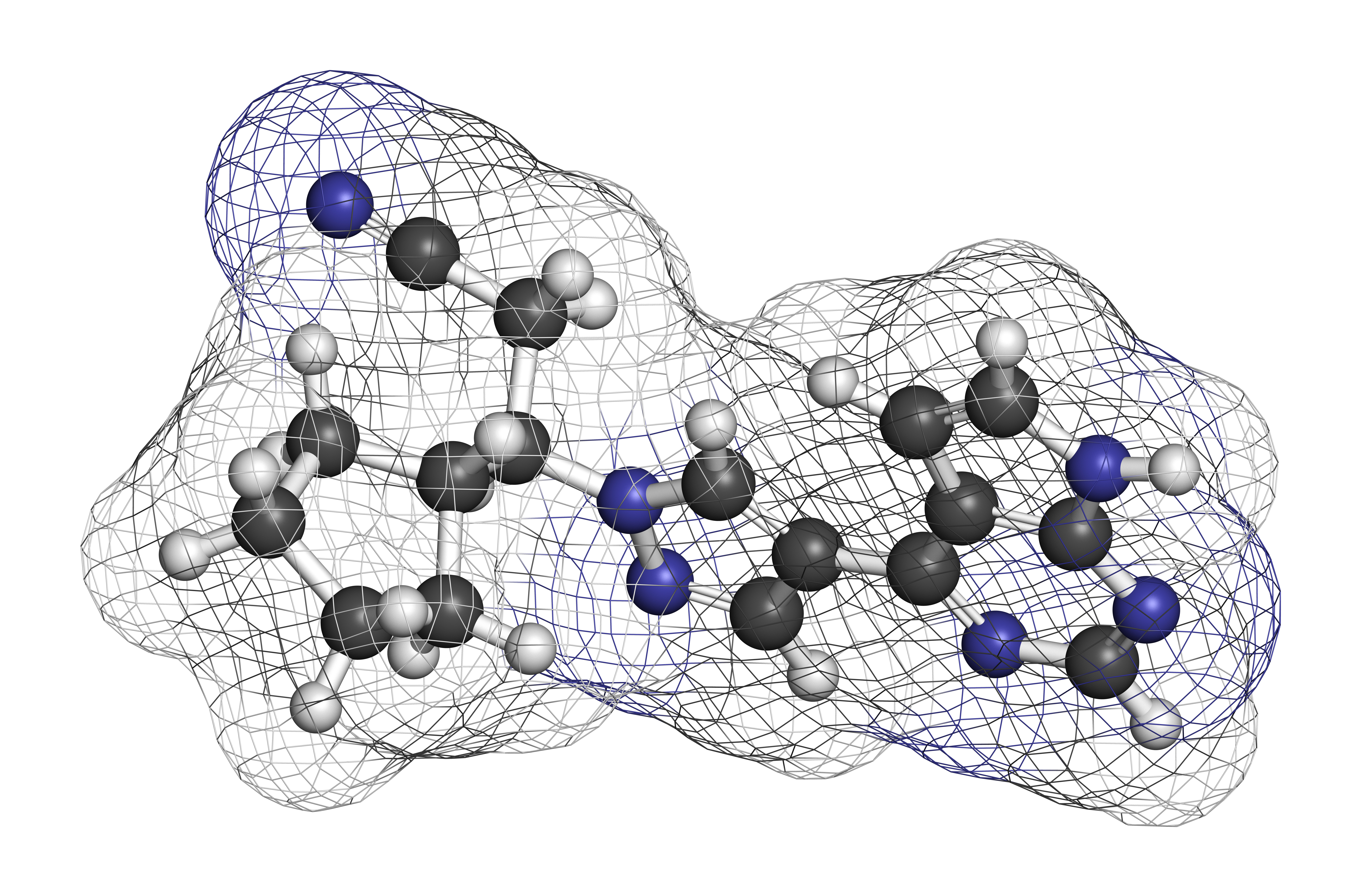
Studies suggest that between 35% and 60% of patients with acute graft-versus-host disease (aGVHD) become resistant to corticosteroids. Prolonged corticosteroid therapy also involves increased toxicities and morbidity. Ruxolitinib was recently approved for steroid-refractory (SR)-aGVHD after the pivotal REACH2 trial. To further characterize ruxolitinib, researchers evaluated the impact of ruxolitinib initiation timing after SR-aGVHD diagnosis.
The research was presented at the 64th ASH Annual Meeting and Exposition. According to the study’s authors, ruxolitinib provided superior benefits compared with the best available therapy, regardless of time from diagnosis to treatment initiation. Moreover, patients who initiated ruxolitinib earlier showed more durable responses compared with later initiators.
Early Ruxolitinib Initiation Yields More Durable Response
REACH2 was a phase 3 study in which patients with grade 2-4 SR-aGVHD were randomized to either ruxolitinib 10 mg twice a day or an investigator-selected best available therapy (BAT). The primary end points of this post hoc analysis were overall response rate, best overall response (BOR), and duration of response (DOR) between patients who initiated ruxolitinib early (within 0-3 days of SR-aGVHD), late (4-6 days for ruxolitinib vs ruxolitinib), late and very late (≥4 days for ruxolitinib vs BAT), and very late (≥7 days).
The analysis included 154 patients who received ruxolitinib. Of those patients, 112 were early, 24 were very late, and 42 were late and very late. Most patients had aGVHD of grade 2 or 3 at enrollment, and skin and lower gastrointestinal tract were the most commonly involved organs.
Reportedly, ruxolitinib was statistically superior to best available therapy in early (odds ratio [OR], 2.63; 95% CI, 1.53-4.52) and late-and-very-late treatment (OR, 2.80; 95% CI, 1.06-7.41). Ruxolitinib was only numerically superior in very late treatment (OR, 2.94; 95% CI, 0.84-10.35). In addition, rate of complete response was greater in the ruxolitinib group, and BOR for complete and partial responses were similar up to day 28.
In addition, mean DOR for ruxolitinib and best available therapy was 141.5 days (interquartile range [IQR], 63.0-186.0 days) versus 99.3 days (IQR, 38.5-148.0 days) for early treatment, 107.3 days (IQR, 50.0-56.0 days) versus 91.7 days (IQR, 52.0-129.0 days) for late-and-very-late treatment, and 123.7 days (IQR, 64.0-166.0 days) versus 87.1 days (IQR, 48.0-129.0 days) for very late treatment, respectively.
Overall, the authors supported ruxolitinib versus other therapies regardless of treatment delay, and they highlighted that “responses with early ruxolitinib treatment were more durable than responses achieved after late or very late treatment, reinforcing the importance of early treatment initiation in SR-aGVHD.”
More From ASH: Ruxolitinib With Corticosteroids in Pediatric GVHD


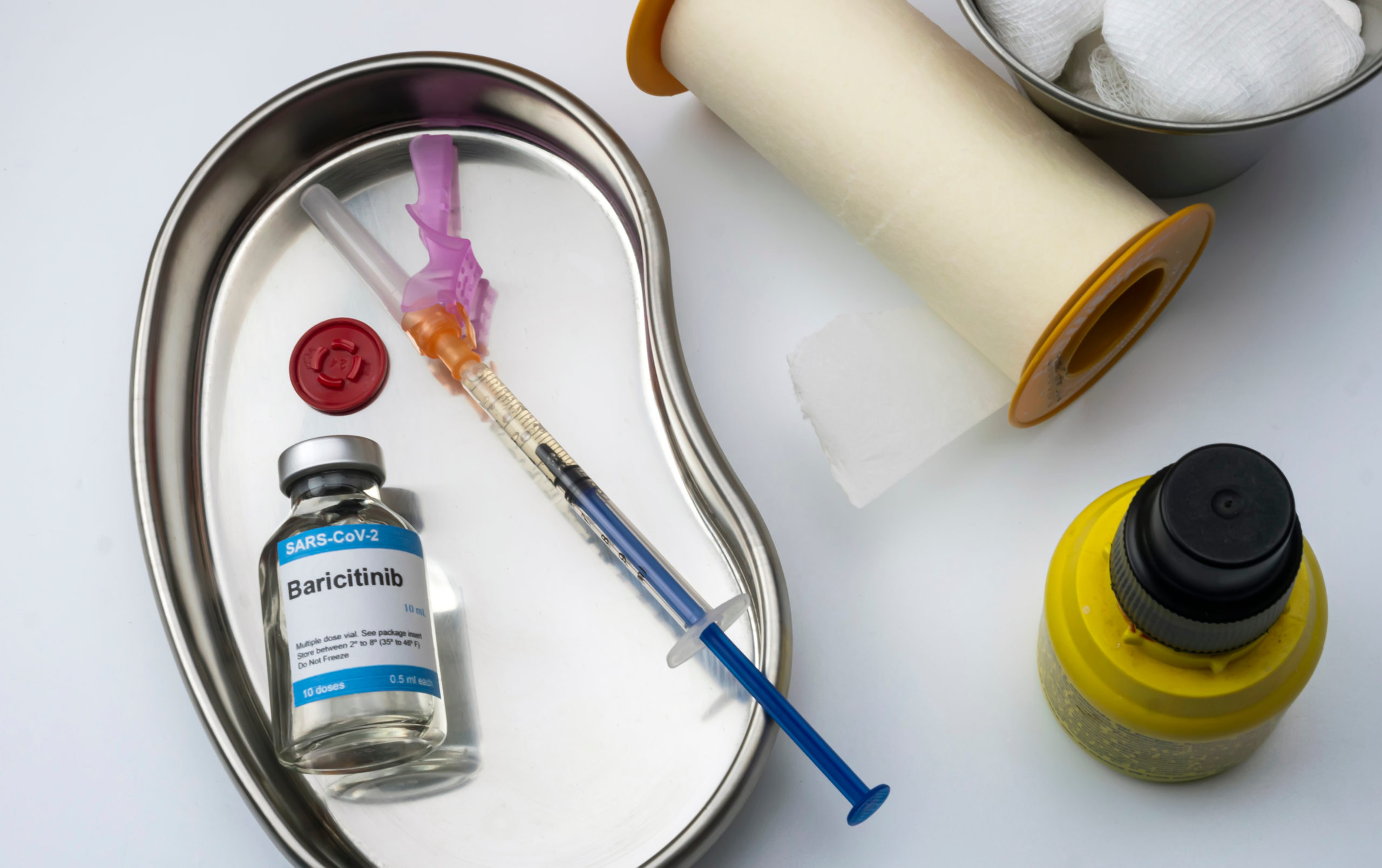
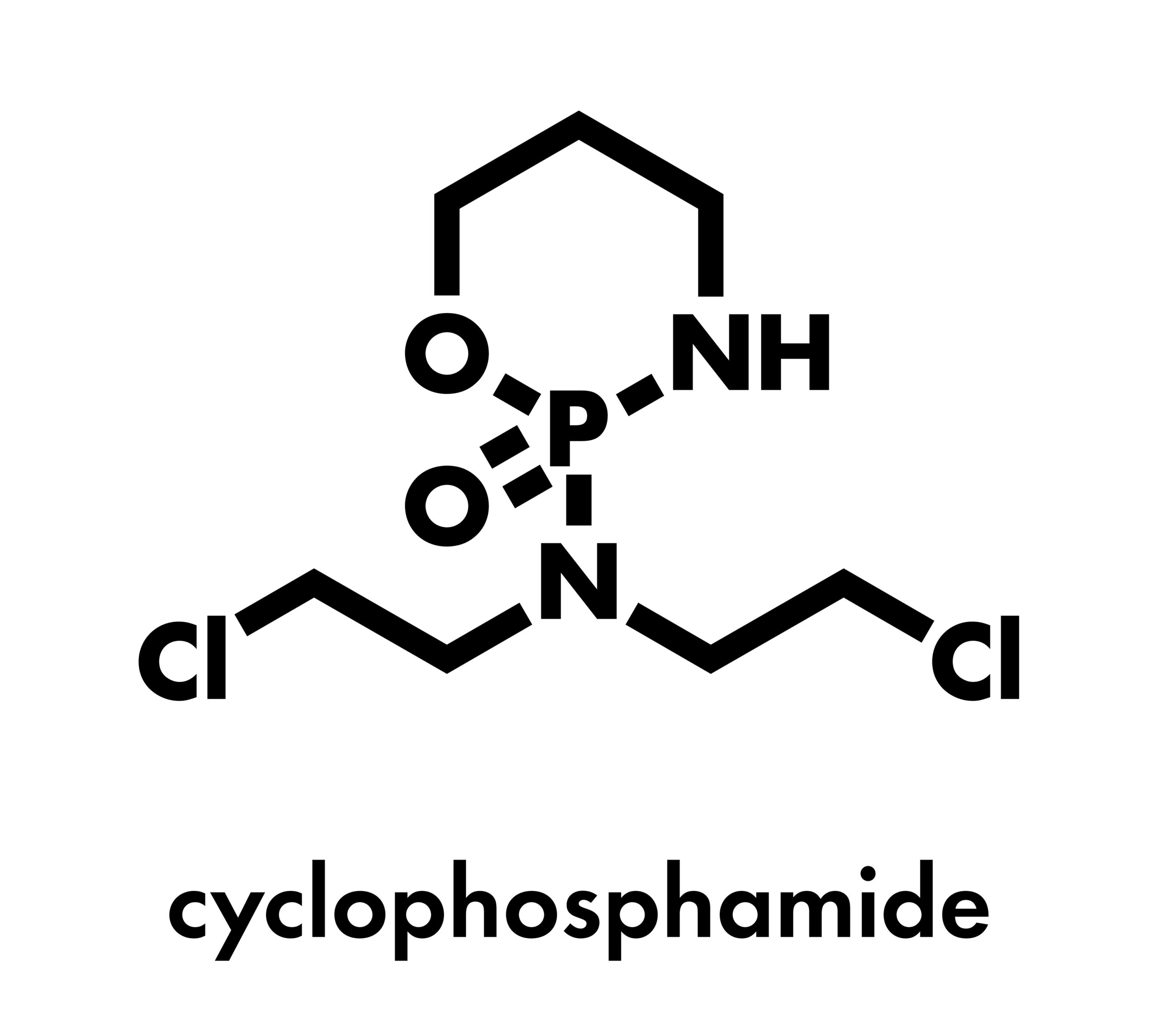
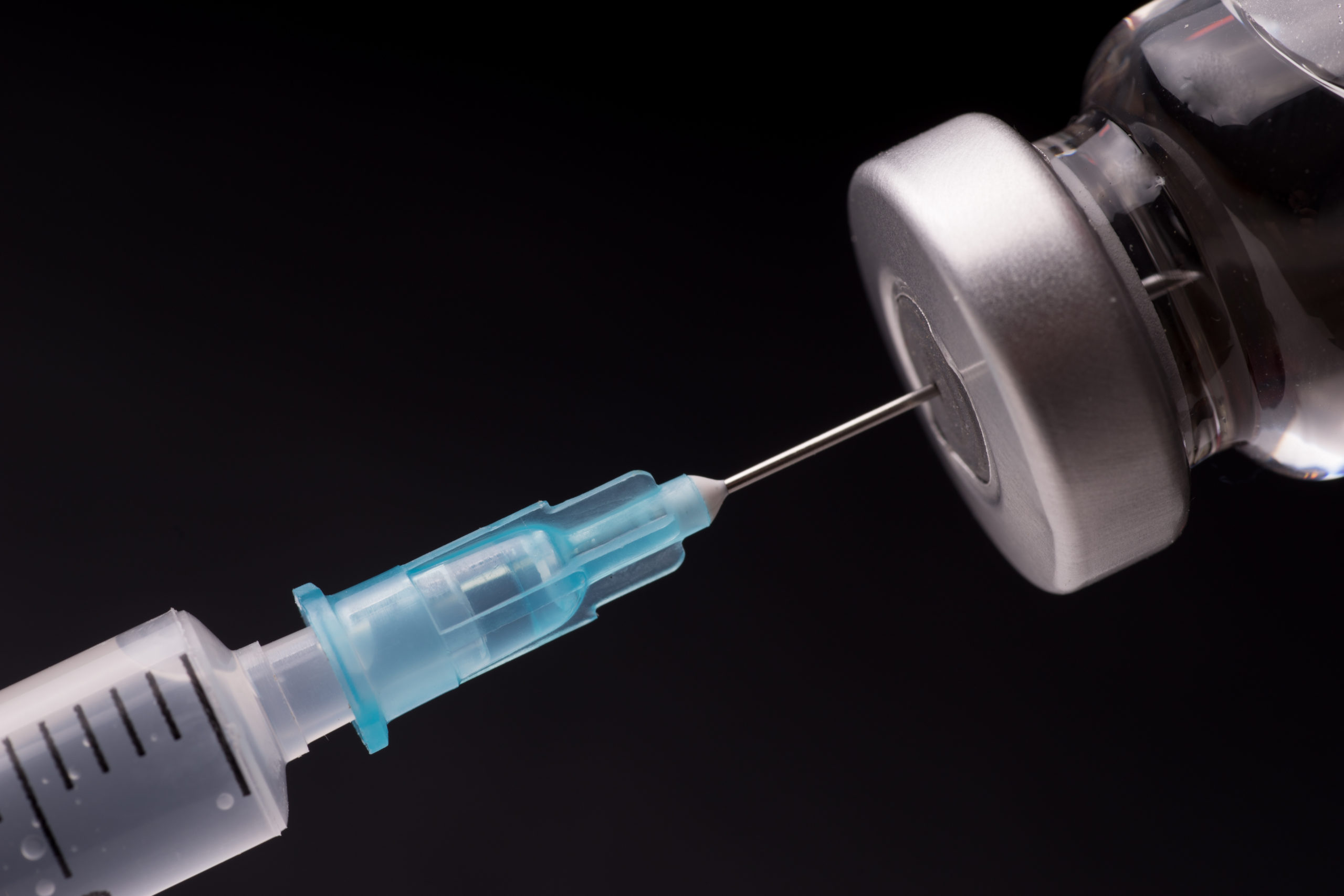
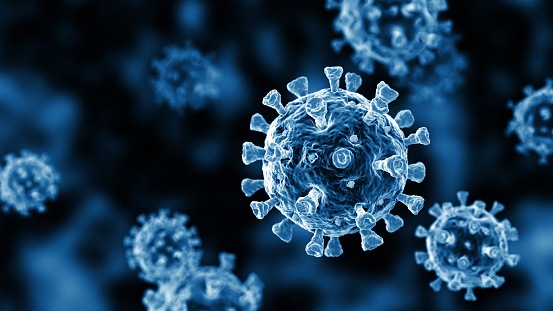

 © 2025 Mashup Media, LLC, a Formedics Property. All Rights Reserved.
© 2025 Mashup Media, LLC, a Formedics Property. All Rights Reserved.